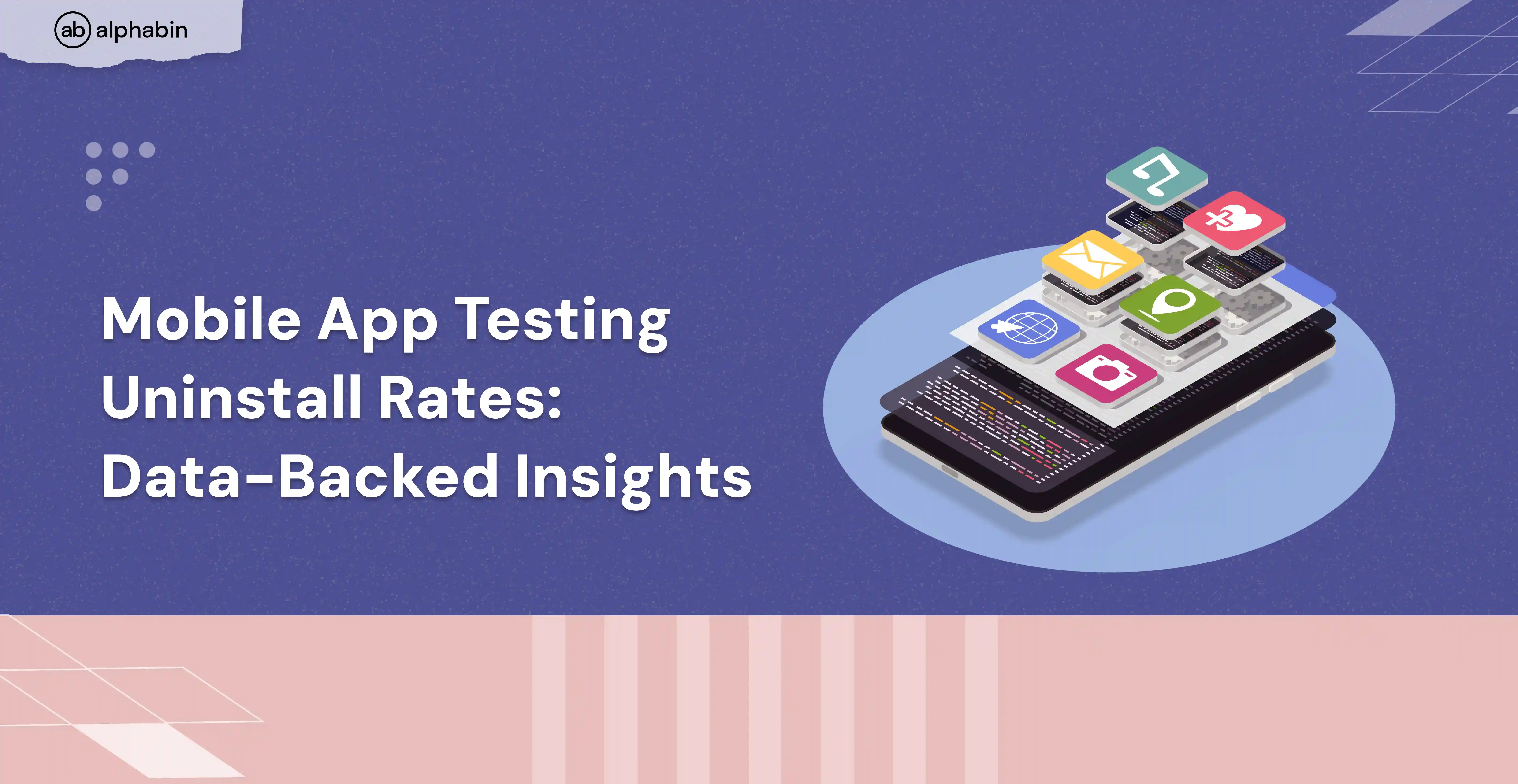Web application testing service
Over a total of 200 million websites are up and running. How does your website stand out? Quality!
.webp)
.svg)
.svg)
.svg)

.svg)





%201.svg)
.svg)
.svg)
.svg)

.svg)





%201.svg)
.svg)
.svg)
.svg)

.svg)





%201.svg)
.webp)
Disastrous issues with web applications
According to research, about 88% of visitors will likely abandon a web app due to a poor experience.
Dented user trust
Dented user trust
.svg)
Frequent bugs, performance issues, and security breaches can erode user trust in the web application and damage the brand’s reputation.
Delayed releases
Delayed releases
.svg)
A web application without a web application testing service often requires more time and resources to debug and fix issues identified after release.
Security vulnerabilities
Security vulnerabilities
.svg)
Web applications are more susceptible to security vulnerabilities that expose sensitive user data to cyberattacks.
Inconsistent performance
Inconsistent performance
.svg)
Without proper performance testing, web applications can experience slow loading times under a massive huddle of visitors.
Provide the best quality web app!
Avoid any flaws with our web application testing solutions, and push the limits of your Quality!
Protect your data
Negate the risk of data breaches by 80% and protect your brand reputation.
Avoid increasing cost
Conducting early testing, usage of open source toolset, and automating tasks will result in massive resource saving.
Faster release cycle
Enjoy a 30% boost through our testing processes, which catch issues early.
Continuous improvement
Fostering a culture of continuous improvement to deliver high-quality products.
Boost your business! With the Web Testing Services.

.webp)
What we test
Our web testing service covers a wide range of critical aspects to ensure the quality, reliability, and security of your web application.
Scenario-based Testing
Creating test scenarios that mimic real-world user interactions to validate end-to-end functionality.
Boundary Value Analysis
Testing input values at the edges of acceptable ranges to catch potential issues.
Negative Testing
Deliberately testing invalid inputs or unexpected scenarios to uncover hidden defects.
User Flow Testing
Validating smooth navigation through different app sections.
Accessibility Testing
Assessing compliance with accessibility standards (WCAG) for diverse users.
Error Handling Testing
Verifying error messages and recovery mechanisms.
Browser Compatibility
Testing across major browsers (Chrome, Firefox, Safari, Edge).
Device Compatibility
Ensuring consistent behavior on desktops, tablets, and mobile devices.
Operating System Compatibility
Validating functionality on Windows, macOS, and Linux.
And other validations like
Selective Regression, Injection Testing, Authentication and Authorization Testing, and Sensitive Data Exposure Testing.

Our Web application was plagued with hidden uncovered flaws we never knew existed, through your Web Application Testing services and expert guidance we overcame the non-user friendly challenge propelling us to forefront of our industry.
.webp)
Client Successes
A huge E-Commerce brand trusted us and collaborated with us to elevate their web app with a flawless user experience.
Challenges
Challenges
Our client in the IoT domain faced security issues, data breaches, and interoperability concerns that posed significant challenges, jeopardizing the integrity and reliability of interconnected devices.
Challenges
This rapidly growing E-commerce brand was experiencing frequent crashes, slow loading times, and a high percentage of abandoned shopping carts.
Solutions
Solutions
We provided web app testing services and performed functional, performance, usability, and compatibility testing on the platform with an agile methodology.
Result
Result
The results were massive:
90% reduction in crashes.
40% improvement in page loading times.
28% decrease in cart abandonment.
Our approach for web testing services
We individualize our approach in light of specific needs of our clients; outline what you require, and we will tailor our approach to fit what best serves you.
1.

Requirement gathering: We thoroughly gather and analyze project requirements to understand the scope, functionality, and objectives.

Risk assessment: We conduct a risk assessment to identify any potential areas of concern that could impact the web app.

Test plan creation: Creating a detailed test plan that outlines the strategy, methodologies, tools, and resources required.
2.

Test case design: We design our test cases that cover all functional and non-functional requirements.

Environment setup: Configuring a test environment that closely mirrors the production environment.

Test execution: Executing test cases using a combination of manual and automated testing techniques.

Defect management: The defects are documented with detailed descriptions, steps, evidence, and severity levels.
3.

Test reporting: Generate test reports that provide detailed insights into the testing process and results.

Root cause analysis: We conduct root cause analysis to identify the underlying cause so that similar issues never re-occur.

Continuous improvement: Pro-actively evaluate and refine our testing processes, tools, and techniques to adapt to changing requirements.
.webp)
Why choose Alphabin?
.svg)
Cost-effective solutions
We believe in less budget and more quality. Open-source tools, strategic, and cost-effective approaches to maxize testing ROI.
.svg)
True collaboration
We work alongside your team, sharing all the required information and insights to help us achieve our quality goals.
.svg)
Continuous support
We’re not a one-and-done service provider. We provide ongoing help and feedback, even after the assignments have been completed.
.webp)
Our Resources
Explore our insights into the latest trends and techniques in Web App testing.

Mobile App Testing Device Fragmentation: 2025 Benchmarks
- Sep 30, 2025
Learn 2025 benchmarks on device fragmentation in mobile app testing. See coverage costs and QA challenges across platforms.

Mobile App Testing Uninstall Rates: Data-Backed Insights
- Sep 20, 2025
Discover uninstall rates in mobile app testing with 2025 data. Understand why apps get removed and how QA teams can respond.
Frequently Asked Questions

Automation of a web app enhances efficiency, reduces errors, and accelerates delivery. It enables cost-effective scalability and consistent performance. Automated testing improves software quality, enabling early bug detection and faster releases.

- Functional testing
- Performance testing
- Compatibility testing
- Security testing
- Usability testing
- API Testing

Trace a reduction in post-release bugs, positive user feedback, performance improvements, and enhanced security. Additionally, monitor key performance indicators (KPIs) such as decreased downtime, increased user engagement, and improved overall user satisfaction to gauge the effectiveness of testing efforts.

We prioritize bugs based on severity, quickly implement fixes, and inform users about the resolution process. Continuous monitoring and feedback loops are established to address emerging issues promptly, ensuring a proactive approach to bug resolution and maintaining a positive user experience.

Testing duration can range from weeks to months, depending on application complexity, automation usage, and the number of testers involved. Factors such as the thoroughness of testing, iteration cycles, and the incorporation of feedback also impact the timeline. Striking a balance between comprehensive testing and timely delivery is crucial for ensuring a robust and efficient web application.
Automate your regression 5x faster with AI
See How in a Quick 15-Min Demo





%201.svg)



.svg)

.svg)



.svg)
.svg)
.svg)
.svg)


.svg)



.svg)
